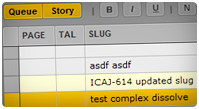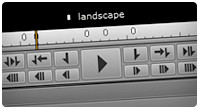GIS applications in social culture
Historical, geographical, and cultural data can be explored and displayed on screen.
GIS has been developed for some time in Taiwan, but did not receive much attention until the last two years. In addition, social and humanistic applications of GIS are even more uncommon.The social and humanistic fields are full of data combining history, geography, and culture. We traditionally interpret and explain history through graphs and texts in books. However, with GIS data can be managed, analyzed, and displayed on computer screens without additional plug-ins or modules.Ancient maps that are passed down to our hands through the history of time may show geographical locations different from those at the present time. To solve this, space correction tools provided by GIS can modify geodata with incorrect locations or coordinates with the correct information. Also, the complete attribute sheet connection tool can more closely interconnect spatial data and attribute data for future analysis.Furthermore, the software supports multiple vector and grid data formats for the user to add, convert, and combine different file formats with ease.





